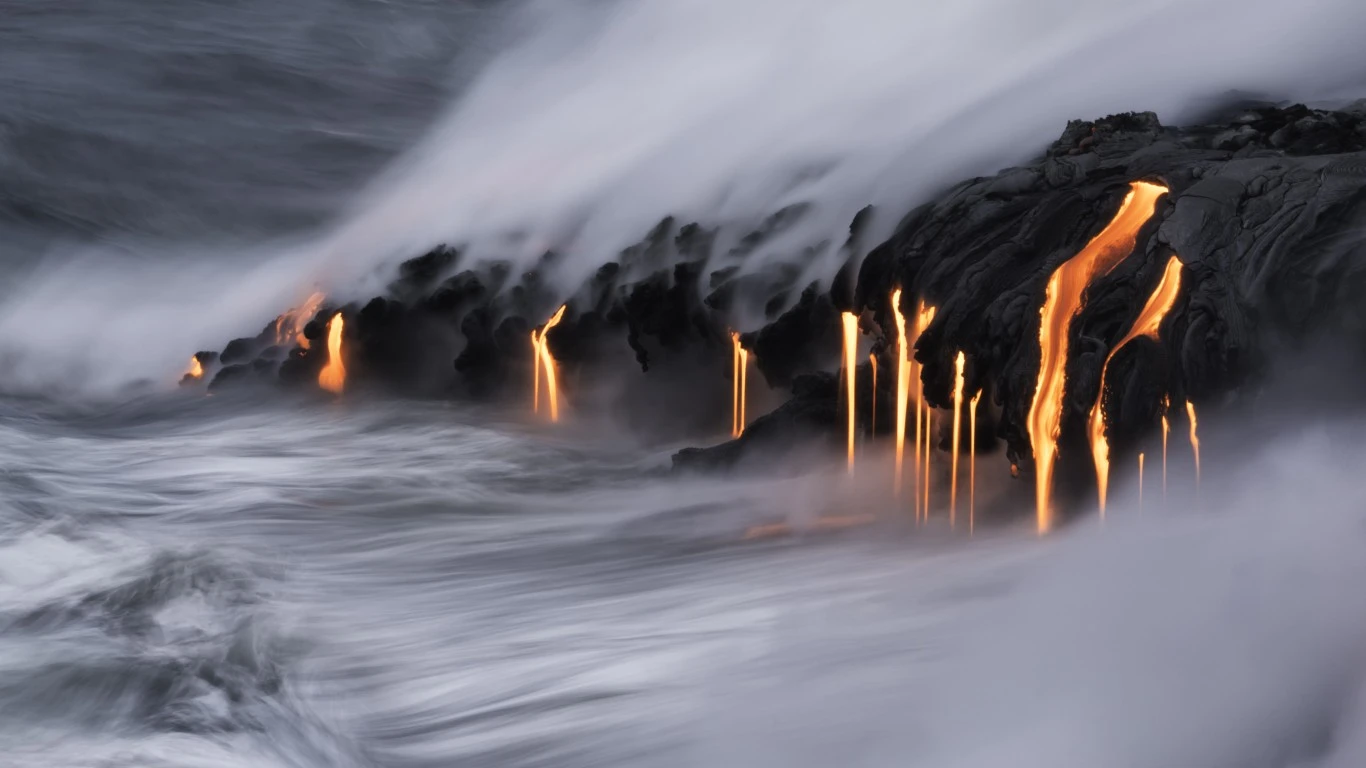
Volcanoes are responsible for some of the most devastating and dramatic natural disasters in history. Massive eruptions have created explosions more powerful than nuclear bombs and scattered ash around the globe. Sometimes there’s so much ash that it blocks out the sun and temporarily alters the global climate.
Eruptions can also reshape mountains, create lakes, build islands, and more. No wonder people in earlier times used to think that they were expressions of divine rage. (These are the most devastating volcanic eruptions in history.)
Volcanoes are ruptures in the earth’s crust, normally found where tectonic plates converge and diverge, that spew out lava, volcanic ash, and gases. Many exist in the ocean.
Scientists have different ways of classifying types of volcanoes. In the list below, we use the terms specified by our source material. Briefly, a stratovolcano (or composite volcano) is a steep symmetrical cone built of lava flows, volcanic ash, and other materials (some of the world’s highest mountains are stratovolcanoes). A lava dome is a comparatively small volcano built from dense lava flow.
A caldera, considered particularly damaging to the surrounding environment, is a depression in the earth caused when the edges of the volcano collapse inward. A shield volcano is large and flat and composed almost entirely of lava flow; it is said to resemble a battle shield in shape. A pyroclastic shield is similar in form but formed mostly from rocks rather than fluid lava.
Click here to see the most dangerous volcanoes on the planet
Not all volcanic eruptions are the same. Some are fairly calm and pose little threat to nearby inhabitants. Others can be violent, with catastrophic effects. Smaller volcanic events can be spectacular to witness from a safe distance and many active volcanoes release dazzling lava without massive violent eruptions. Others, though, continue to pose major threats to cities around the world, even if they’ve previously erupted. (These are ancient civilizations destroyed by natural disasters.)
To identify the most dangerous volcanoes on the planet, 24/7 Wall St. reviewed data from the National Museum of Natural History’s Global Volcanism Program. Each volcano on the list meets at least three of the following criteria: at least one major eruption, multiple large eruptions, high fatality eruption, frequent activity, or significant lava effusion.





